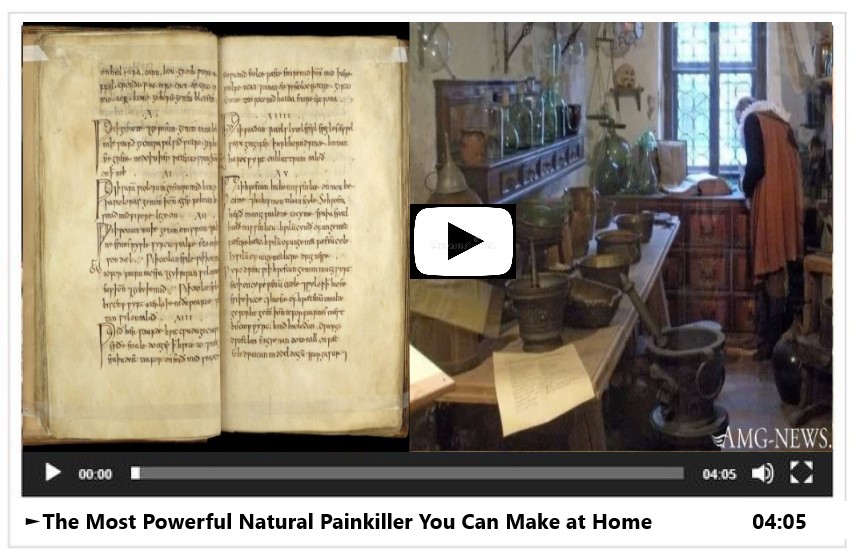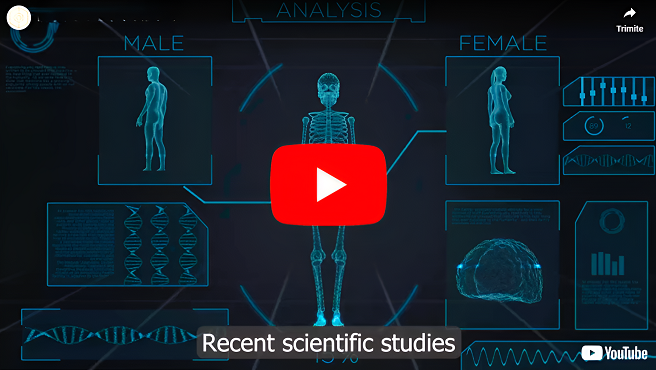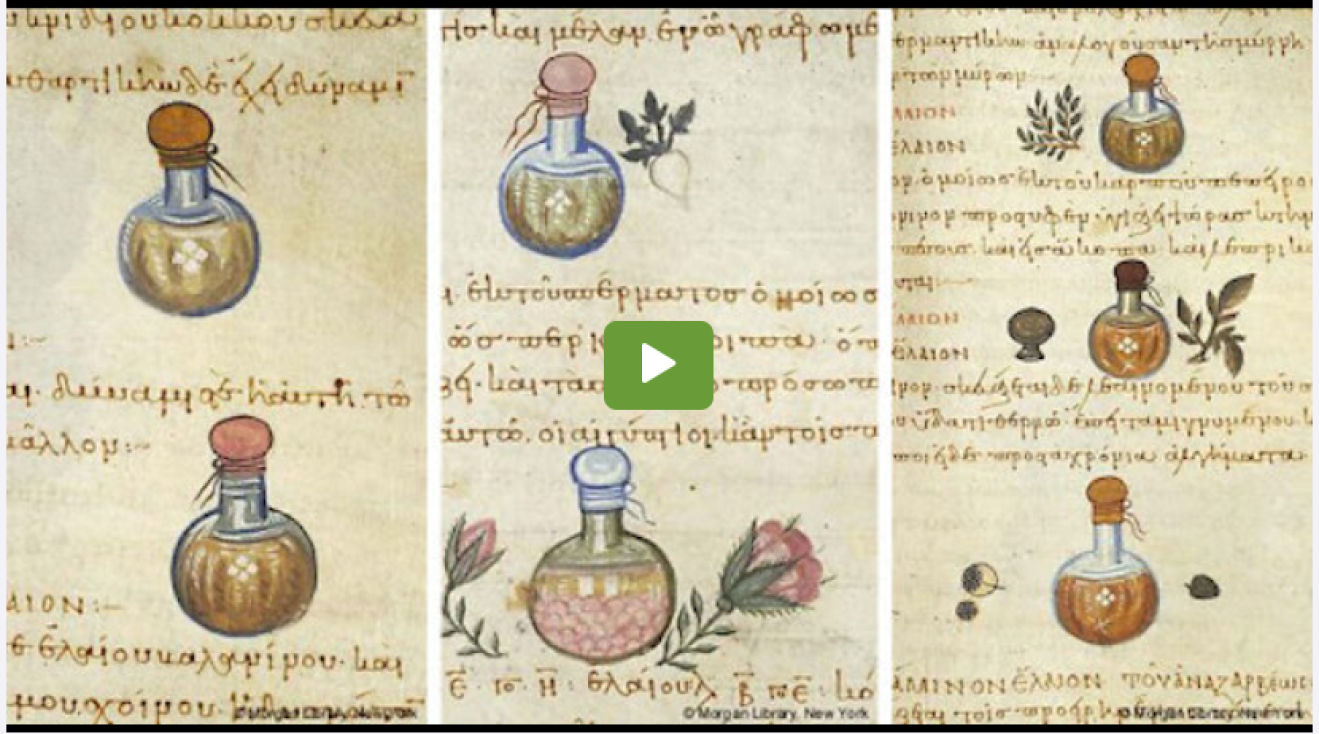View Leonardo Da Vinci’s Notebooks “The Codex Arundel” and Go Inside the Mind of a Genius!
Ready to uncover the truth? Sick of the lies? Join our Telegram Channel now. It’s time for the real story! My gratitude to all my readers!
Thanks to the British Library, we can go inside the mind of a genius and peruse Leonardo Da Vinci’s notebooks. The first true Renaissance Man, Da Vinci not only painted the Mona Lisa, but was a master inventor who is sometimes credited with creating the parachute and helicopter. And, to top it all off, he wrote his notes backward, in mirror image from right to left.
Who wouldn’t want to understand more about what this master of painting, drawing, engineering, and mathematics was thinking? Now you can flip through 570 pages of his notebook The Codex Arundel.

Works of art themselves, the pages date from 1480 to 1518, and are a fascinating glimpse into Da Vinci’s process. Interestingly, for a man so in tune with technology, the artist never attempted to publish his notebooks during his lifetime. Instead, they were left to his pupil Francesco Melzi and individual sheets have since been dispersed among wealthy collectors, many ending up in museum collections.
Starting in 2007, the British Library placed The Codex Arundel online thanks to a collaboration with Microsoft. The project, called Turning the Pages 2.0 allowed visitors to flip through the notebooks with animations and on screen annotations to explain different aspects of the page. The newly digitized version lets users zoom in closely on the pages, seeing in beautiful detail the sketches and writings of Leonardo. Even if you don’t speak Italian, it’s well worth a look.

“You don’t need a translation to appreciate the beauty and wonder of Leonardo’s mind. This is a great work of art, in a precociously conceptual genre that has been emulated by modern artists such as Joseph Beuys and Cy Twombly,” writes journalist Jonathan Jones of The Guardian.
If you are new to Leonardo’s work, The British Library has helpfully put together an introduction to his life and key inventions to get you started. The British Library has placed a digital version of Leonardo Da Vinci’s notebook, The Codex Arundel, online.

“Da Vinci’s notebooks combine detailed observation with notes of experiments. Even if he did not actually undertake the experiments, he described what could be tried. Many of his insights foreshadowed scientific research by many centuries.”
Guides and Angels: Embracing the Presence of Spiritual Guides in Our Lives!

The Leonardo Notebook
‘This is to be a collection without order, drawn from many papers, which I have copied here, hoping to arrange them later each in its place, according to the subjects of which they treat.’ Leonardo da Vinci (1452-1519) Leonardo is describing how, in the house of Piero di Braccio Martelli in Florence, in the year 1508, he began the collection of short treatises, notes and drawings, which now makes up the Leonardo Notebook in the British Library. The manuscript, in Italian, is written in Leonardo’s characteristic ‘mirror writing’, left-handed and moving from right to left.
The notebook was not originally a bound volume, but was put together after Leonardo’s death from loose papers of various types and sizes. Many of the pages were written in 1508; others come from different periods in Leonardo’s life, covering practically the whole of his career. The range of subjects – from mechanics to the flight of birds – demonstrates Leonardo’s almost compulsive intellectual curiosity about scientific and technical matters. British Library Arundel,
► Medieval Lessons: The Most Powerful Natural Painkiller That Works Like Morphine That You Can Make at Home. Watch the video below:
Studies of Weights and friction ff.40v-41.
Leonardo’s first intention seems to have been to gather material for a treatise on mechanics. Even though his relentless curiosity soon led him to stray into numerous other topics, many of the pages of the Notebook are concerned with his investigations of mechanics in general and the science of weights and movement in particular.

Notes on weights, impetus and movement ff.41v-42.
Beneath the main diagram on the left-hand page Leonardo notes ‘The centre of gravity of a body suspended on one cord always lies beneath the centre line of that cord’. The note at the top of the right-hand page reads ‘The motion of a body is linear whatever the directions of the forces applied’.

Left – Allegories, prophecies and popular proverbs f.42.v Right – Mechanics f.43.
Leonardo liked to collect allegories, prophecies and popular proverbs. The left-hand page includes lists of such stories and sayings and two columns of ‘Profetie’ (prophecies or prophetic riddles). He has also used the margins at the top and bottom of the page to jot down items from an inventory of household goods.
Across the top of the page Leonardo has jotted down items from an inventory of household goods ‘Two large hatchets and one very small one, 8 brass spoons’. Among the ‘Profetie’ are these prophetic riddles: Riddle ‘There will be many which will increase their destruction.’ Answer ‘The ball of snow rolling over the snow.’ Riddle ‘ Those who give light for divine service will be destroyed.’
The Great Awakening: The Power of Your Pineal Gland: How AWAKEN XT Targets the Pineal Gland to Enhance Physical Health and Elevate Spiritual Experiences
Answer ‘The bees who make the wax for candles.’ Riddle ‘The dead will come from underground and by their fierce movements will send numberless human beings out of the world.’ Answer ‘Iron, which comes from under the ground, is dead, but the weapons are made of it which kill so many men.’ The right-hand page is mainly devoted to mechanics. At the top is the heading ‘Uccello’ (Bird) and a note on the flight of birds.

Studies of mirrors ff.84v-85.
Making use of the work of medieval authors, such as the 13th-century philosophers Witelo from Silesia and John Pecham, Archbishop of Canterbury, Leonardo undertook detailed studies on optics and the investigation of mirrors. The notes and diagrams on these pages come from a series of studies of reflections from curved mirrors. Note that the drawings and notes on the right-hand page are entered upside down.

Studies of reflections from concave mirrors ff.85v-86.
Leonardo is here seeking to analyse the point of convergence of the reflected rays from mirrors of different curvatures. On the bottom left of the left-hand page Leonardo has written a version of one of his best-known sayings: ‘Every action done by nature is done in the shortest way.’

HOME RETREAT | HOW TO RENEW YOUR CELLS IN 7 DAYS
Studies of reflections from concave mirrors ff.86v-87.
In addition to a fascination with the abstract geometry of the patterns of reflection, Leonardo was also interested in the potential utility of concave mirrors as sources of heat. On the right-hand page Leonardo is arguing that in concave mirrors of equal diameter, the one which has a shallower curve will concentrate the highest number of reflected rays on to a focal point, and ‘as a consequence, it will kindle a fire with greater rapidity and force’.

Studies of reflections from concave mirrors ff.87v-88.
Here Leonardo is again dealing with the heat-producing potential of mirrors. Some of these studies may be linked to later work carried out by Leonardo during his stay in the Vatican, in 1515, when he was developing a plan to employ solar energy for industrial purposes. His attempts to perfect a burning mirror then led him to claim that ‘with this any dyer’s cauldron can be made to boil; and by it a pool will be heated, because there will always be boiling water’.

Drawings and notes on the moon’s reflection of light ff.103v-104.
Leonardo was keenly interested in the transmission of light from one planetary body to another, and particularly in the optical properties of the moon. Demonstrated here is his belief that the moon has water and that it was the undulations of waves on water which were responsible for the nature of the sun’s light reflected from the moon to earth, and earth to the moon.
The diagram just below the centre left of the page shows Leonardo committed to the theory that the sun (sole), as well as the moon (luna), revolves around the earth (terra). Within 20 years Copernicus had completely overturned this belief.

Studies on balances and weights ff.104v-105.
This is a page of mathematical calculations and diagrams relating to balances and weights.

Studies on balances and weights ff.105v-106.
On this page are notes and diagrams on balances and weights, from around 1495 -1497. The ground plan of a building or urban scheme on the right-hand page has not been identified, although the accompanying notes and calculations appear to relate to it.

Sound and light ff. 174v-175.
Leonardo made extensive observations and experiments on the production of sound. The wind instruments and drums on the right-hand page each has a different mechanism for varying the pitch. The page on the left contains notes on reflection of light and perspective.

Left – Studies for the city of Romorantin f.270v. Right – Rivers and the movement of water f.271.
Towards the end of his life, Leonardo became ‘first painter, engineer and architect’ to Francis I, King of France. This sheet of architectural notes and plans, from about 1517-18, contains Leonardo’s project for a complete new city, intended for the French king and his court. The city was to have been built near Romorantin, on either side of the river Saudre. Leonardo’s notes also reveal his plan for encouraging the inhabitants of the nearby Villefranche to move to Romorantin with their wooden houses.
On the top right of the left page, a ground plan shows an urban complex of twin palaces and gardens placed at either side of the river, with a system of canals flowing round and through it. Beneath the ground plan is the note ‘Let us have fountains on every piazza’. On the right-hand page are further notes on rivers and the movement of water. The jotted household account and the two lines crossed out at the top (dated 1502) relating to a loan to Leonardo, are in the hand of Leonardo’s pupil, Francesco Melzi.
At the top of this page is the crossed-through note with the date 1502 ‘On Monday the 13 of February, I lent 7 lire to Leonardo to spend’. In the lower half on the left is a list of expenses (not in mirror writing) apparently in the hand of Leonardo’s pupil, Francesco Melzi, giving payments for meat, bread, wine, fruit, straw and bran. On the top right this rough sketch of the movement of water has the note ‘When two rivers together intersect that will be of less depth which is of slower course’.

Mechanics f.33v.
This double page forms a single sheet containing geometrical diagrams and a note on mechanics. The drawing of the cockleshell on the other side of this leaf shows through on the right. The note on geometry written within the semi-circle on the left is taken from Dante’s Paradiso, XIII, 101-102. O se d’un mezo circol far si pote triangol si ch’un recto non avessi e che gli altri due un retto non faciessi Translation: ‘Is it possible for a triangle contained within a semi-circle not to include a right angle?’ To this mathematical question, Leonardo adds the corollary ‘or for the other two angles not to add up to 90 degrees.’

Balances and weights f.33.
This double page forms a single sheet containing notes and diagrams relating to balances and weights, with a sketch of a cockleshell in the margin.

Click here to see all of the British Library virtual books: http://www.bl.uk/manuscripts/Viewer.aspx?ref=arundel_ms_263_f001r#












![JUST IN: RFK JR. EXPOSES DARPA’S ROLE IN CHEMTRAIL WEATHER WEAPONS — MILITARY SECRETS LEAKED [VIDEO]](https://amg-news.com/wp-content/uploads/2025/06/DARPA-weather-control-program-RFK-Jr-chemtrail-investigation-450x249.jpg)
![BREAKING! COLD WAR 2.0: RUSSIA’S NUCLEAR FORCES ON FULL HIGH ALERT — STRATEGIC SILOS ACTIVATED, WARHEADS ON THE MOVE [REAL FOOTAGE]](https://amg-news.com/wp-content/uploads/2025/06/COLD-WAR-2.0-NUCLEAR-ALERT-Russia-Mobilizes-Warheads-450x237.png)

2 Comments
Its like you read my mind! You appear to know a
lot about this, like you wrote the book in it or something.
I think that you can do with some pics to drive the message home a bit,
but other than that, this is magnificent blog. A great read.
I will definitely be back.
Karri, You’re welcome anytime!